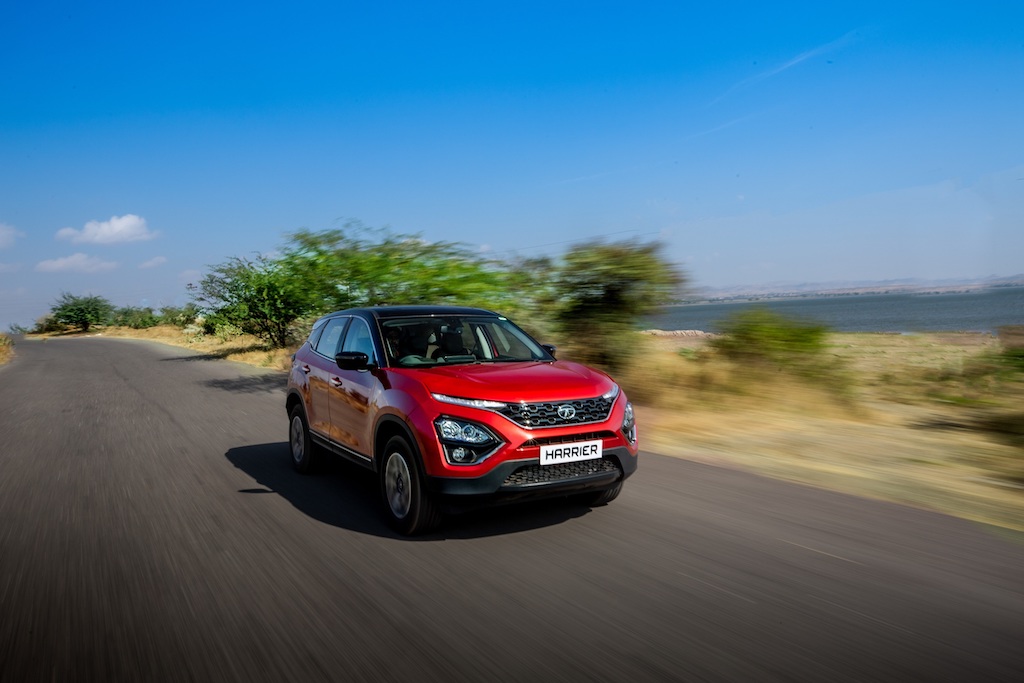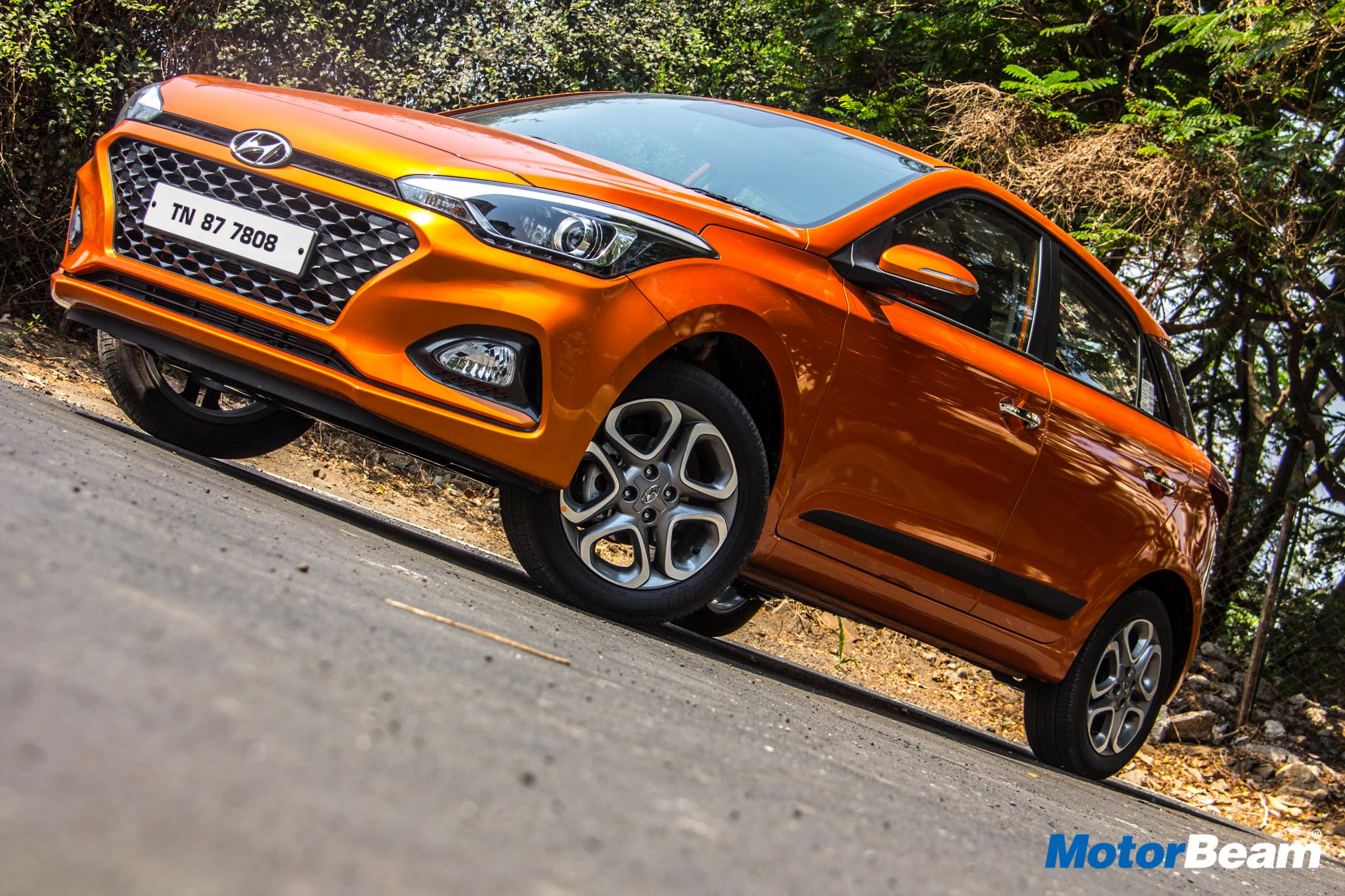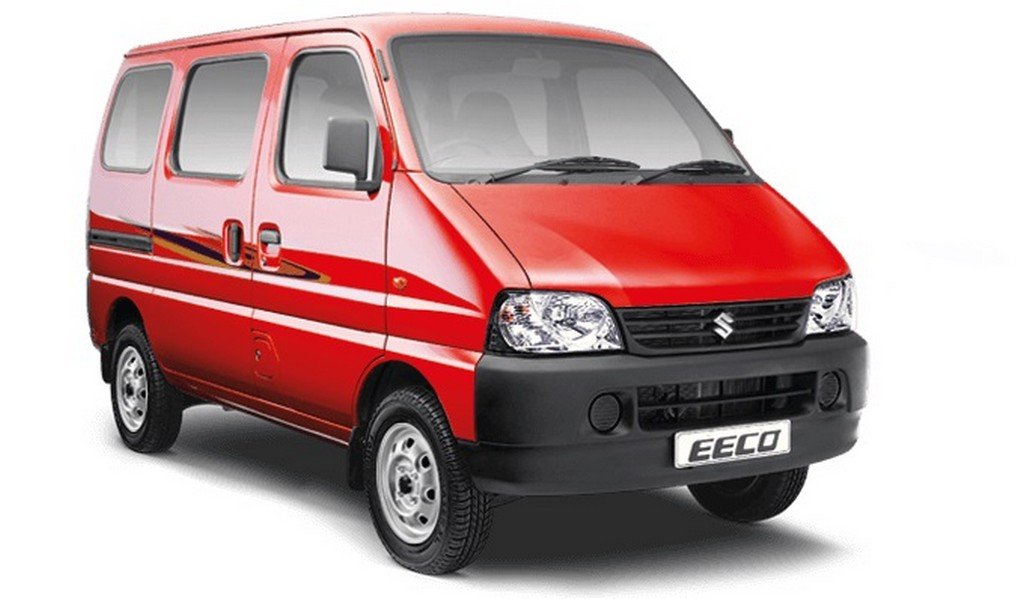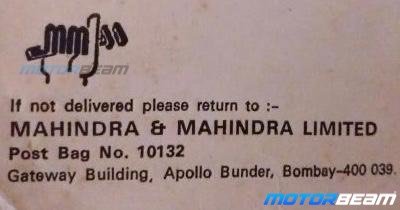The Parallel Scenario For The Car Industry

Enough of phones let’s talk of cars. The hype surrounding the launch of the Tata Harrier was real. Finally! Tata had managed to kindle up the momentum to challenge the premium vehicles. Even the reviews and the internet response was really great. The launch of the MG Hector was relatively much more silent, with less buzz and hype. Then, MG launched the car and disclosed the pricing. As we all know after that the Tata Harrier took a solid hit from that launch of the MG Hector. This led to Tata adding more features to the car, and closing the feature gap, only to widen the cost gap.
Sounds familiar? The Chinese companies are very good at one thing, that is providing lots for little. Right from mileage to cost, our market loves that. If more companies come to India from China, we will get body styles, technology that one can only see in high-end cars. This can cause a large disruption in the market, and the Indian companies will have to take drastic measures to stay in the game.
For us consumers, getting a car would be much more easy, as there would be so many options to choose from. The cut-throat competition would also mean aggressive pricing strategies, meaning more money in our pockets. Of course, I am not talking about the super budget segment, like the Maruti Alto, or even the Hyundai Santro. India sells some of the cheapest cars available in the world, so, you can’t get better than that. My focus is in the higher segments, like the sub-4-metre SUVs, crossovers, etc. I suspect this would be the case because of MG’s Hector, and Great Wall Motor’s lineup they showcased at the 2020 Auto Expo.
As mentioned before, this is not such a good thing for the current companies. SAIC, the parent company of MG already tested the waters in the Indian market with GM, with a 7% stake. With that, SAIC and the other state-owned companies seem to have learnt the market very well in India. This could play right into their hands.




